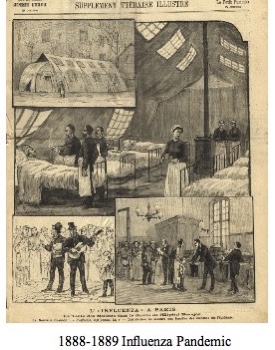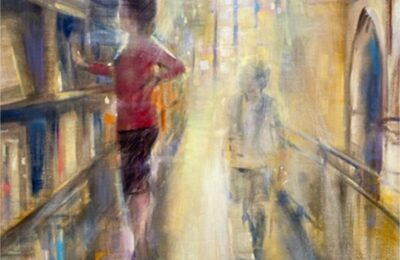Historical Parallels
When I first began researching Italy in the 1890s for my second novel, I had no idea what I would find. I learned quite a lot of history I hadn’t known, and yet not enough of what I was looking for. I wanted details of daily life at the time the portrait Sogni, Italian for Dreams, was painted. Of all the incredible and beautiful art I saw on my trip to Italy so many years ago now, this piece fascinated me, kept a hold on me. I kept digging, writing as ideas came to me of the young woman whose gaze at the viewer is both mysterious and direct. I discovered critics reviews from the time and reviews from a retrospective exhibition in Padua in 2014. This became the way I could weave my story of the past with the present.
Three years in and halfway through I got stuck. I lost the connection with my characters, the meaning I wanted to give their lives, the passion and excitement in writing. I remember it happened with The Three Graces too, and I let them go for a while until their voices came back to me. I hoped that would happen again, but I just didn’t know.
Flash forward to June of 2020. I hadn’t opened my pages in over six months, had tucked all thoughts of the research and story away in a file on my desktop. I truly don’t know why I opened it that day that I did. But as I began to read, I made a startling discovery. Two historical details that I had used as backstory jumped out at me, completely and utterly relevant to the world that I, that we, have been living.
In 1889, an influenza epidemic began in Russia, spread to all of Europe within a few months, the rest of the world within a year, killing a million worldwide. My main character and her family live through this time of fear and uncertainty, lose their mother to it. The connection to her feelings, her grief, was immediate. I heard her young voice in my mind and knew I could write her because I could feel her.
During the early years of 1890, Italy as a newly unified country saw much political unrest. An agricultural crisis of grain, fruit and wine, led to widespread poverty among farmers and laborers. This was to be the backdrop for the second part of my novel in which the father leads a group of men in protest and is arrested, thus leaving his daughters fatherless as well as motherless. That we are living rallies, protests, marches, and social reckoning too, for justice for our nation, brought new perspective and understanding of this time in history, this place, the woman in Sogni.
I know why it’s important I finish this novel, what it will say about the human capacity for endurance and the lengths we go to for our beliefs, and for those we love.
I will keep you posted on my progress, but for now – onward, chapter by chapter.
Stay safe and be well.





Good to see you at writing again!
Love you.
Michele, I like the plot, message, and characters. I can’t wait to read the next chapter.
Hi Michele. Thanks so much for the update and sharing your process. I love the title, Sogni, the concept, and how it resonates with these crazy time. I look forward to reading. Speaking of dreams, I thought you’d like to know about this exhibit/Denver tour at MCA Denver. https://mcadenver.org/exhibitions/mathias-svalina
You can listen to Mathias Svalina reading his dream poetry relating to a variety of Denver locations. Enjoy!
Much love, Theresa